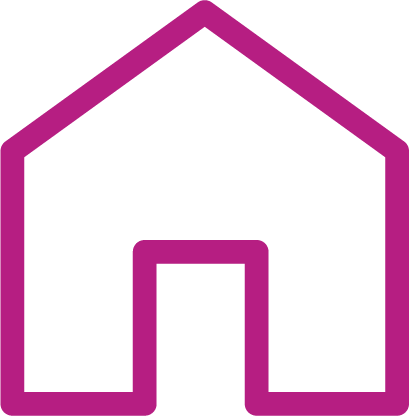The NHVRC used data from 17 models recognized as evidence based by the Home Visiting Evidence of Effectiveness (HomVEE) project to create a national profile of home visiting in 2024.
National Profile
Race
2% American Indian Alaska Native
3% Asian
24% Black
<1% Native Hawaiian Pacific Islander
56% White
8% Multiple
6% Another race
Ethnicity
34% Hispanic or Latino
Caregiver Education
21% No high school diploma
Child Age
40% <1 year
41% 1-2 years
19% 3-5 years
Child Insurance Status
84% Public
12% Private
4% None
Primary Language
75% English
21% Spanish
5% Another language
Notes
See the methodology section for information about the National Profile’s data sources.
Examples of “Another race” include Bahamian, Cuban, Egyptian, Guatemalan, Haitian, Hispanic, Kurdish, Latino, Mexican, Middle Eastern, Puerto Rican, Russian, Samoan, Trinidadian, and Turkish.
Examples of “Another language” include American Sign Language, Bosnian, Cantonese, Czech, Farsi, German, Hmong, Italian, Korean, Marshallese, Navajo, Nepali, Pashto, Tagalog, Tigrinya, and Zomi.
Families Served by Indigenous-Led Organizations
For the 2025 Home Visiting Yearbook, we asked evidence-based models to identify programs led by Indigenous organizations, regardless of funding source. Possible examples of Indigenous-led organizations include community health representative programs, tribal councils, tribal health departments, tribal health clinics and centers, and urban Indian health projects. Eight models provided data on evidence-based home visiting services provided by Indigenous-led organizations. (Source: Models that provided Indigenous-led organization data include ABC, EHS, Family Spirit, HFA, MIHP, NFP, PAT, and SafeCare Augmented.)Go to footnote #>1
including 5,713 virtual home visits
Families in Indigenous communities also receive home visiting through Tribal Maternal, Infant, and Early Childhood Home Visiting (MIECHV)-funded programs. Home visiting services were provided to families in 32 Indigenous communities through Tribal MIECHV funds in 2024.
Many partners work to expand home visiting services that meet the specific needs of Indigenous families. Family Spirit—the only MIECHV-approved evidence-based home visiting model created for, by, and with American Indian families—tailors its delivery approach to individual communities. Communities also adapt and enhance models, with developers’ permission, to fit families’ needs and to honor the cultural histories, traditions, languages, and values of Native nations. For example, Tribal MIECHV grantees have asked local grandmothers to mentor and support home visiting families, developed children’s books in Indigenous languages, and worked with model developers to modify enrollment procedures.
Maternal, Infant, and Early Childhood Home Visiting Program
MIECHV demonstrates a significant federal investment in evidence-based home visiting (Source: MIECHV families are a portion of total families served by evidence-based models, but because of the way data are collected (aggregated across all models in MIECHV reporting, with promising approaches included), the overlap between model data and MIECHV data cannot be determined.)Go to footnote #>2 but does not account for all families reached. MIECHV awardees are required to report data annually to the U.S. Department of Health and Human Services about the families they serve. Information about families served through MIECHV can be found at the MIECHV Program Dashboard.




